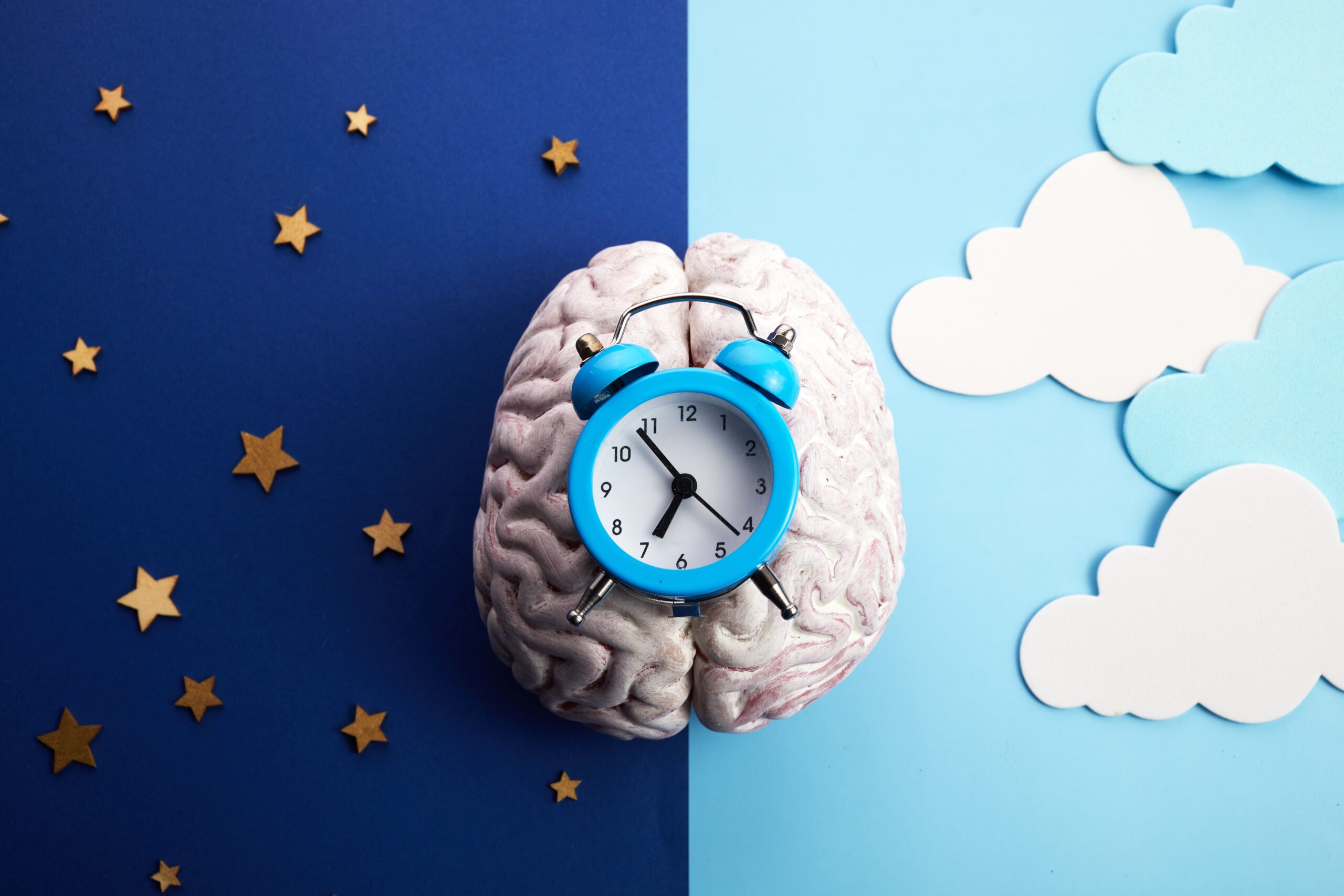by Celeste Rothstein
Anthony Bourdain was a successful, down-to-earth guy with a boundless hunger for learning, human connection, great food, and interesting experiences. The chef, author and popular TV host shocked his friends when he died by suicide in June 2018, only three days after another unexpected suicide — that of Kate Spade, another prosperous celebrity who seemingly had it all.
Still reeling from the 2014 suicide of Robin Williams, a man who gave joy to millions, the world began to recognize that functioning depression can impact anyone and everyone.
“ I’m definitely looking forward to the day when I stop
working – if I ever stop working. I like the idea of keeling
over in my tomato vines in Sardinia or northern Italy. ”
– Anthony Bourdain
What is Functioning Depression?
Functioning depression, also called high-functioning depression, Persistent Depressive Disorder (PDD) or dysthymic disorder, is a real mental health condition. According to the National Institute of Mental Health, PDD affects 1.5 percent of U.S. adults in the past year, which is about 3.3 million people.
The signs and symptoms include:
» Changes in appetite and eating habits
» Insomnia or oversleeping
» Low energy or fatigue
» Difficulty concentrating
» Feelings of worthlessness or hopelessness.
These symptoms are pervasive and constant, like a dull hum in the background; a shadow dimming one’s vision; a mind-numbing jumble of despondent thoughts.
High-functioning depression isn’t easy to detect. Often, people with PDD are high achievers, like Bourdain, Spade and Williams. They easily convince others – and themselves – that everything is just fine.
Internally, people with high-functioning depression live a constant struggle. While not everyone with PDD will attempt suicide, they may think about it – but probably won’t tell you.
“I hope that people
remember me not just as
a good businesswoman
but as a great friend –
and a heck of a lot of fun.”
– Kate Spade
Diagnosing High-Functioning Depression
Depression can and should be diagnosed and treated by a mental health professional. The same criteria used to diagnose major depression is used for high-functioning depression: see the symptoms listed above.
The difference with functioning depression is that symptoms are less severe, but sufferers have them for a minimum of two years (or one year for children and adolescents) and are never symptom-free for more than two months at a time.
What High-Functioning Depression Is Really Like
The diagnostic criteria, however, doesn’t define what it feels like or looks like from the outside:
“I think the saddest people
always try to make people happy
because they know what it’s like
to feel absolutely worthless
and they don’t want
anyone else to feel like that.”
– Robin Williams
» Your low mood is a constant companion. Other people may see you as cynical or negative.
» You get everything done, but it’s exhausting. Others may notice that you’re always tired or never want to do anything.
» You can’t get to sleep, and/or oversleep. Those who don’t live with you may not notice at all. Alternatively, they may be frustrated with your chronic lateness.
» You may gain or lose weight without meaning to, either by unconscious overeating or lack of appetite. If others notice, they may be too polite to comment.
» You feel bad about yourself or unworthy. You may feel hopeless and often on the verge of tears. Others may notice that you’re irritable, unfocused or not performing at your best.
They may see you becoming withdrawn and avoiding social situations.
Side effects of PPD may present in seemingly unrelated ways. People suffering from this form of depression self-medicate with alcohol or drugs. It may cause problems in relationships or at work or school.
Treating Functioning Depression
If any of this describes you or someone you care about, say something:
» If you’re living with functioning depression, reach out to your doctor, who can recommend a combination of medication and talk therapy, and help you find a therapist.
» If you think someone you love is living with depression, ask them. Let them know they don’t have to deal with it alone.
An estimated 1.3 percent of U.S. adults will experience PDD at some point in their lives, and those closest to them may not realize it. You can help PDD sufferers by being aware of the signs and working to remove the stigma surrounding mental illness.
Being able to talk about it freely, without shame, is the first step to recovery.








Leave A Comment